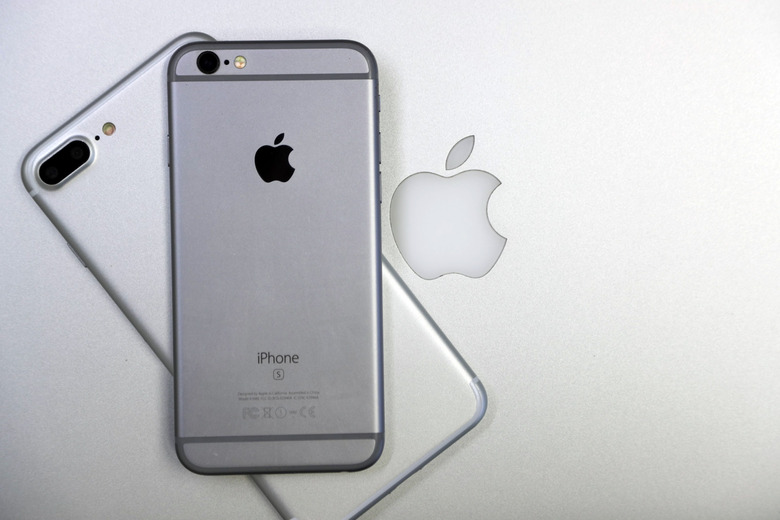Apple: Decreased Performance With Old Batteries Is A Feature, Not A Bug
In a statement this afternoon, Apple addressed the consumer outrage about deliberately slowing down old iPhones with bad batteries. In its statement, Apple briefly explained why performance limitations are needed, apologized for the "misunderstanding," and cut the price of a battery replacement (which fixes performance issues) by $50, from $79 to $29.
But the brief explanation only touches the surface of why Apple's software limitations were necessary, so the company has released a comprehensive explainer on lithium-ion batteries alongside the statement for anyone who wants to know more.
"All rechargeable batteries are consumables and have a limited lifespan—eventually their capacity and performance decline so that they need to be serviced or recycled," the support article explains. "As this happens, it can contribute to changes in iPhone performance."
"A battery with a high impedance is unable to provide power quickly enough to the system that needs it. A battery's impedance can increase if a battery has a higher chemical age. A battery's impedance will temporarily increase at a low state of charge and in a cold temperature environment. When coupled with a higher chemical age, the impedance increase will be more significant."
"When operations can no longer be supported with the full capabilities of the power management system, the system will perform a shutdown to preserve these electronic components. While this shutdown is intentional from the device perspective, it may be unexpected by the user."
"This power management works by looking at a combination of the device temperature, battery state of charge, and the battery's impedance. Only if these variables require it, iOS will dynamically manage the maximum performance of some system components, such as the CPU and GPU in order to prevent unexpected shutdowns. As a result, the device workloads will self-balance, allowing a smoother distribution of system tasks, rather than larger, quick spikes of performance all at once. In some cases, a user may not notice any differences in daily device performance. The level of perceived change depends on how much power management is required for a particular device."
In short: Batteries get worse with age, and also with temperature, and when at a low state of charge. Sometimes, if those factors all combine at once, a phone will have to shut down to protect components. Rather than have iPhones shut down unexpectedly all the time, Apple decided it would be better to slightly limit performance, and have fewer (or no) shutdowns.
You'll notice that Apple is unapologetic about its power management, which it describes as a "feature." The only big mea culpa from Apple is the "misunderstanding" about the existence of this feature, rather than apologizing for its existence at all.
It's not quite "you're holding it wrong," but Apple definitely frames this as a problem with communication, not a feature that shouldn't have been rolled out. At this point, I think it's going to be up to the courts to decide if Apple was right or wrong.
